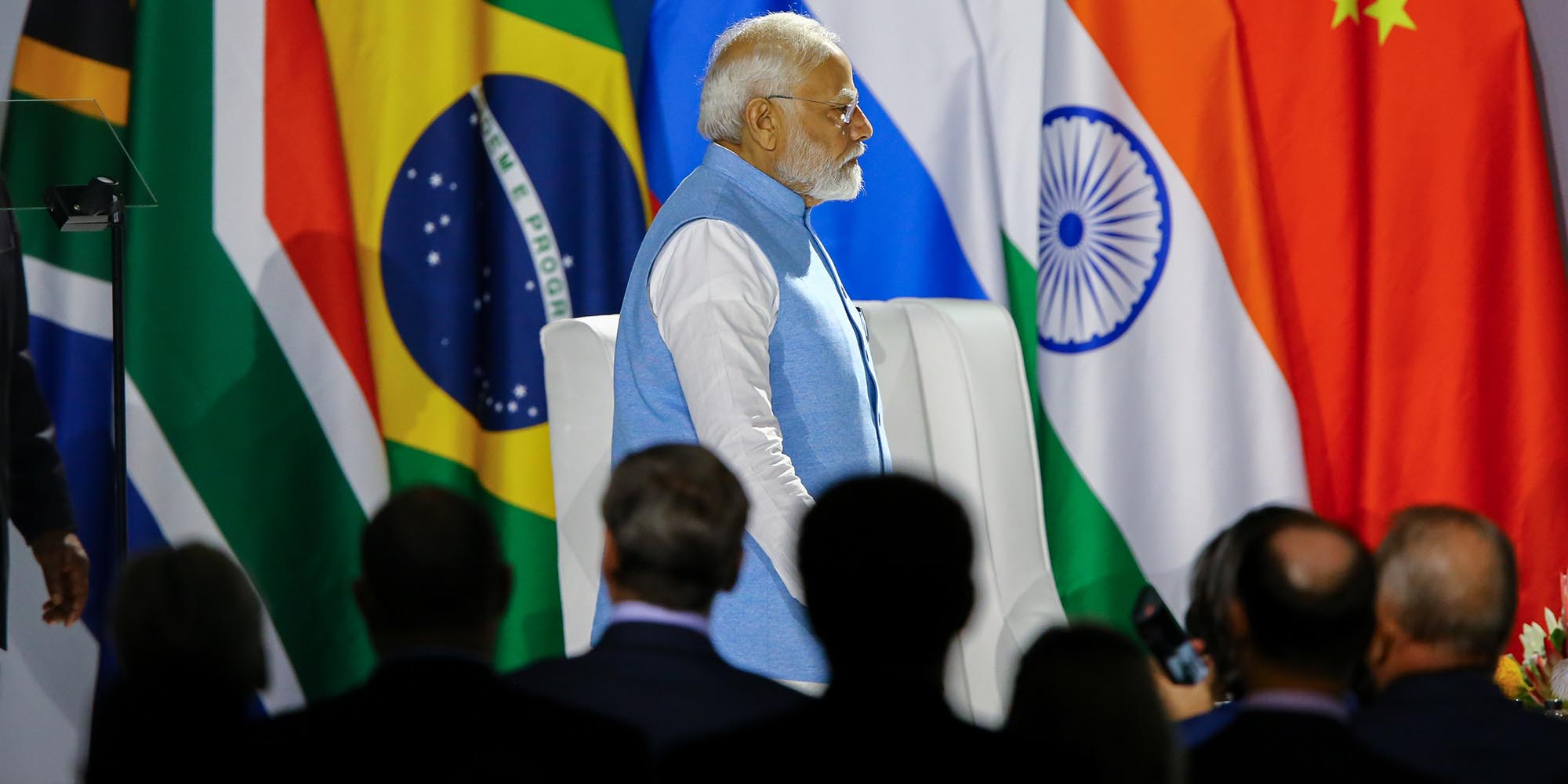One of the worst analytical tools ever is a trajectory and yet everybody is somehow drawn to it, like moths to a flame. If a trajectory is established, it’s very hard to convince anyone that it might change — or, God forbid — reverse.
For the BRICS grouping, this works both ways because once, their collective rise was considered inevitable. Now, the trajectory of at least some of the BRICS countries seems inevitably downward. But both scenarios are wrong.
The initial Goldman Sachs document, Building Better Global Economic BRICs, suggested four scenarios for the four original BRIC nations, Brazil, Russia, India and China. The paper was released in 2001, and its low-growth projection (not the most pessimistic, but the next step up) suggested that in the next decade, China would constitute 5.6% of the world’s economy, Russia 1.3%, Brazil 2.5% and India 2.6%. Its most aggressive scenario suggested that China would be 16.1%, Russia 2.3%, India 5.6% and Brazil 3.2%.
Now 20 years later, in nominal GDP terms, China constitutes 18.3% of the global economy, India 3.5%, Russia 1.95% and Brazil 1.97%.
It’s hard to know what to make of that; in some ways, it was an enormously prescient prediction. Look at China; it took twice the time, but it has now exceeded the most optimistic marker. On the other hand, look at India and Brazil; over the same period, they have barely reached their medium-growth markers for the first decade. This is the problem when you base your prediction on a single, ongoing trajectory.
The most dangerous assumption, as we have seen, is that China will continue on a high-growth track. One analyst who has examined the Chinese economy for years, Zongyuan Zoe Liu, a fellow for international political economy at the US Council on Foreign Relations, has a clever way of looking at this; she uses — hold your breath — initialism!
The initialism is “the four D’s”: demand, debt, demographics, and de-risking/decoupling, which is actually five D’s, but who’s counting? There has been a decrease in China’s household consumption; corporate debt is now through the roof; China’s mistaken “one-child” policy is catching up with it; and investors are much more cautious and are “derisking”.
The collective result is that while Western countries are desperately trying to pare back their economies to fight inflation, China has just announced an interest rate decrease, the Russian economy is now in full-on crisis mode, and the Brazilian economy — like SA’s — is in a holding pattern. The bright star of the group is its most reluctant member, India.
So, despite the clamour of other countries wanting to join BRICS, economically, it’s not actually a happy moment for the group. This was well illustrated by Old Mutual Wealth Investment strategist Izak Odendaal, who pointed out in a note to clients that forward PE ratios of the main stock markets in BRICS countries, except India, have come down with a very noticeable bump over the past five years. The Russian market is essentially closed and the forward PE ratios of SA, China, and Brazil are somewhere between eight and 12, down by 50% or so.
 (Table: Supplied)
(Table: Supplied)
For countries which fancy themselves as the new masters of the universe, this is not good. What it suggests is that global investors are jumping ship, for which we have concrete evidence in SA. The cumulative net foreign outflow from JSE equities and SA bonds in 2022 was R350-billion, roughly the same as it was for the previous two years. Those numbers are being shattered this year.
What is more, interest rates of 10-year local currency government bond yields are also sharply up in the case of SA, Brazil and Russia.
Of course, it’s not necessarily true that this negative trajectory will endure just as the super-positive trajectory did not. But it’s worth asking why the political hype that surrounds the BRICS conference in Johannesburg is so at odds with the economics of the group.
It would be my humble suggestion that the politics are so hyped precisely because the economics are so questionable. That’s what magicians and politicians do, isn’t it? They invite you to watch the sequined gloved hand which does not in fact have the ace of spades in it. Watch this hand! Or don’t. DM





